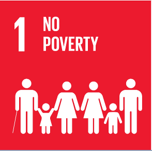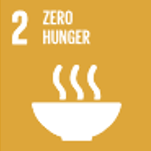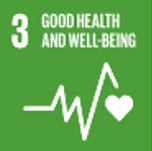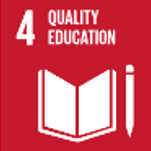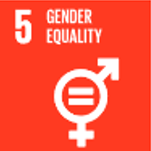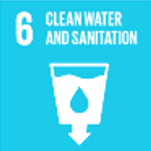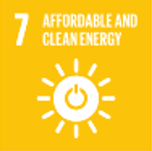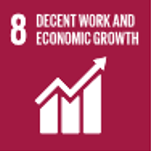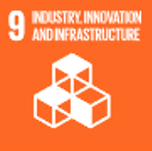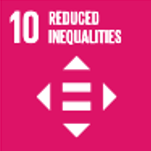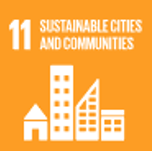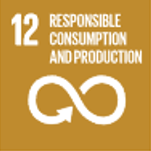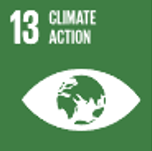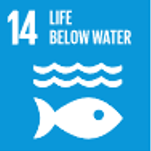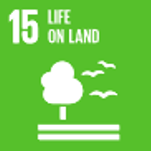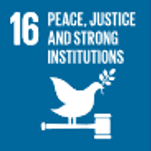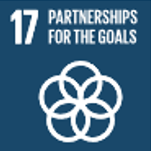SAKAN Partners: United Nations and World Bank
The United Nations and World Bank Groups represent virtually every nation on earth, and therefore all the nearly 8 billion citizens that constitute those nations. These world institutions share a common concern over the plight of the world's nearly 4 billion citizens living in poverty, deprived of virtually all opportunities to escape their poverty traps by factors not of their making and beyond their control. To address this common concern, all the world's nations convened in Brazil in 2012 and conceived the Sustainable Development Goals (SDG) initiative, which was formalized by nearly all nations as a global agreement and call to action in September 2015. The SDG initiative provides an invaluable platform to discuss SAKAN's wide range of formal and informal - they are far too many to include individually in this short summary of the SAKAN initiative.
Please click on each institutional icon to access the websites of these organizations, followed by the upper left-pointing "Return" arrow of your web page to return to this page.
Please click the "PARTNERS" navigation bar to return to the list of partners, or the "HOME" navigation bar to return to the home page.
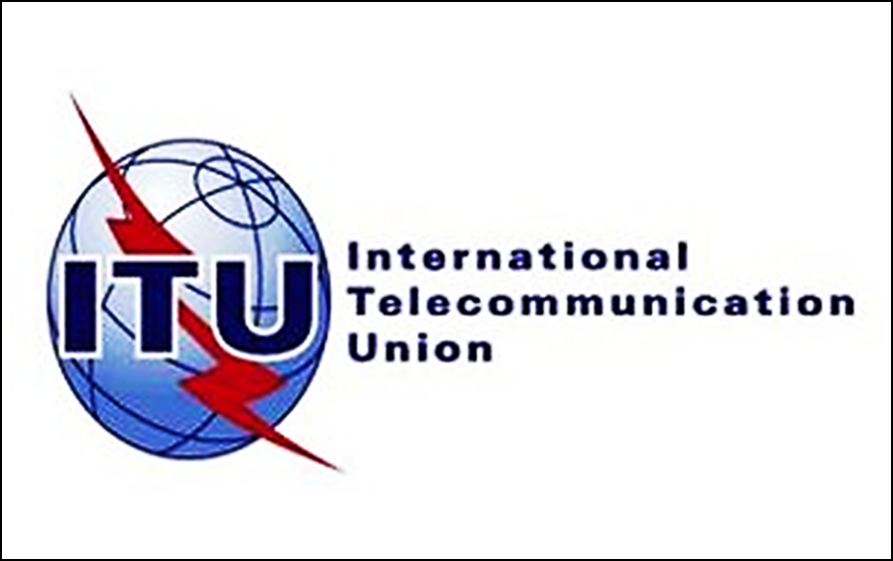
- Established 1865 for global ICT standardization
- ICT Development Activities from 1960, 13 field offices in all regions
- Missing Link Report published in 1984
- Africa 2018: Link still missing, a major work in progress
- Home WSIS: the elusive Information Society
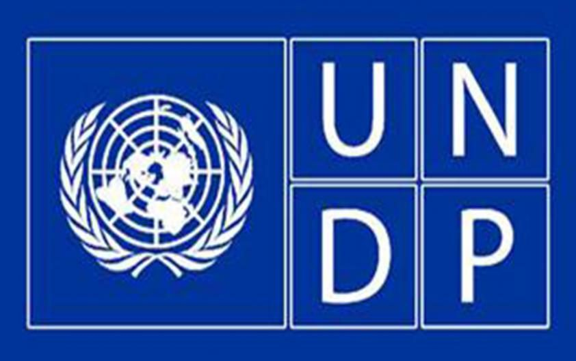
- Established in 1965 as global advocate for change
- Connects countries to knowledge, experience and resources
- Eradication of poverty, reduction of inequalities and exclusion
- Strengthening institutional capabilities
- Building resilience for sustainable development
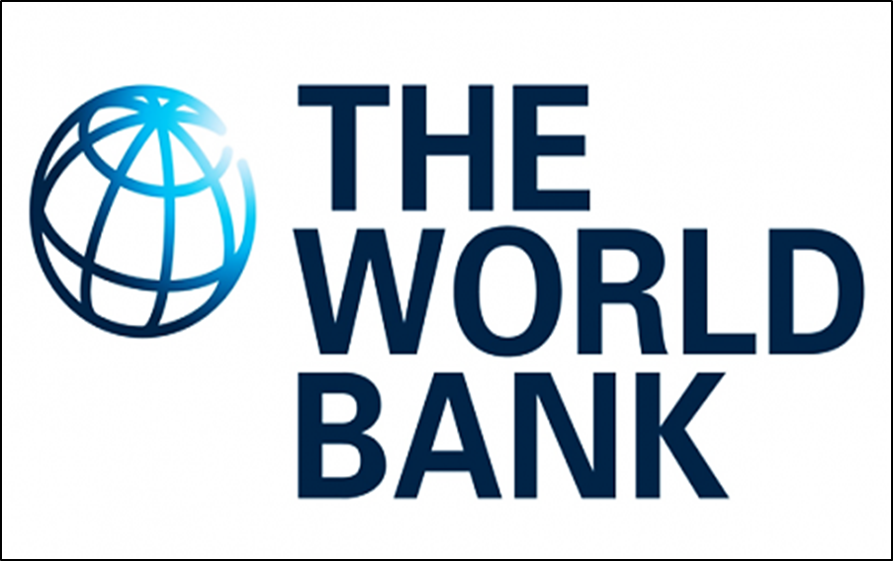
- Founded in 1944 to help rebuild World War II devastation.
- Current focus on infrastructure development, including ICT
- Massive research and document database in ICT4D
- Massive database for all development indicators
- Significant activities in most African countries

- Fighting for the rights of every child, every day, across the globe
- Making the world a safe and inclusive place for children to grow
- Education: a right for all children wherever they are, amidst peace, conflict and crisis.
- Early childhood care and education: the path to future global stability
- SAKAN shares this UNICEF vision
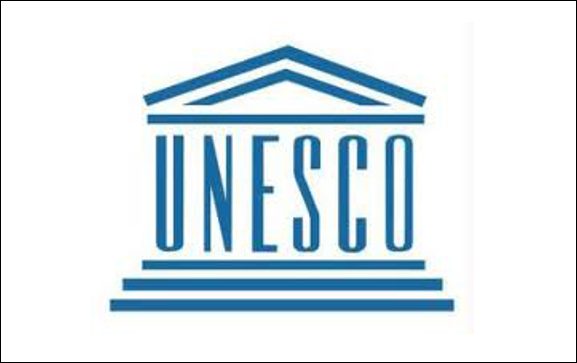
- Heritage: our legacy from the past; our lives today; lessons for future generations
- Building Knowledge Societies for a sustainable secure future
- Cultural diversity under attack, rising intolerance, protect freedom of expression
- Science for Sustainable Future: rejection of scientific facts a threat global peace and stability
- Fostering Creativity for a sustainable future
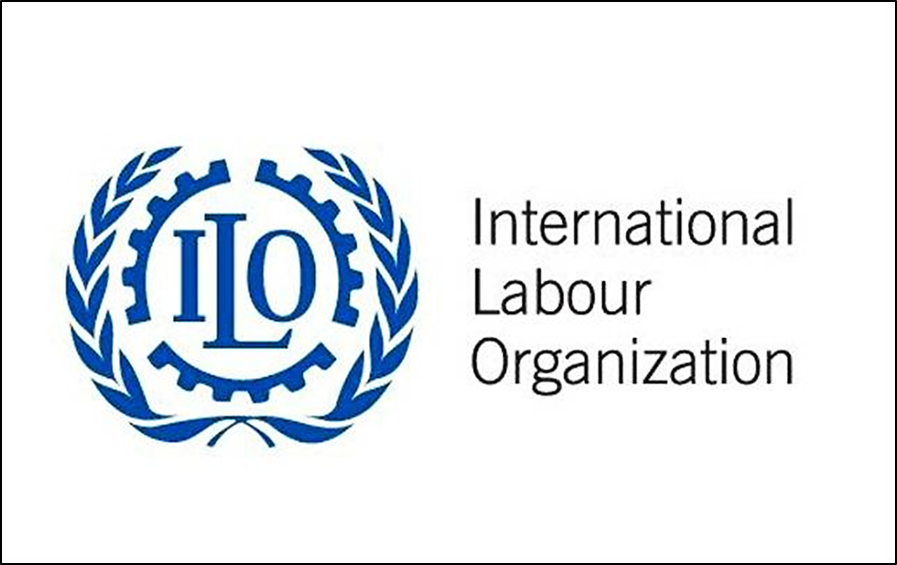
- Established in 1919 to protect interests of governments, employers and workers
- Vision: lasting peace only if it is based on social justice
- In this changing 4IR world, innovations in role of labour, skills, workplace and rewards are critical
- Address inequality, poverty and unemployment directly
- Decent work for the 2030 SDG Agenda
ICTs and their underlying technologies are tools that enable the achievement of desired objectives, they cannot be the objectives themselves; technology in isolation has very little intrinsic value. The value of ICT and its underlying technology lies in its usage, for human development as originally visualized by its creators, and for its commercial value in today’s prevalent economic models. Can the two seemingly disparate objectives coexist without one dominating the other? The adjoining infogram, derived directly from its creators at International Telecommunication Union(ITU) and the other SDG partners, outlines the linkages between each SDG and the ICT networks and services that enable its achievement. Please click each SDG to view these high-level linkages between ICT and the human development goals enshrined in the SDGs, or access the original ITU infogram at ICTs for a Sustainable World #ICT4SDG. SAKAN will expand the links outlined in the infographic in its search for a better balance between the commercial and human development motivations and value chains for ICT exploitation. As described in the About SAKAN: The ICT Development Index (IDI) page of this SAKAN site, the search will be grounded on the ICT Development Index (IDI), which resulted from the World Summit on the Information Society (WSIS), an earlier global initiative that is fully integrated with the SDG process.
This SAKAN concept is a search for a way to refocus the the primary objectives of ICT developments towards the excluded masses, some 50% of the world's population, and more than half of South Africa's population. SAKAN will work within the framework of the global Sustainable Development Goals, (SDGs) and South Africa's National Development Plan 2030 (NDP) in its search for a balance between the trickle down free market economic model, and a more socialist-leaning model that directly addresses the needs of the poor. SAKAN believes that both models are vital for socioeconomic development, and that they can coexist without one model dominating the other.

